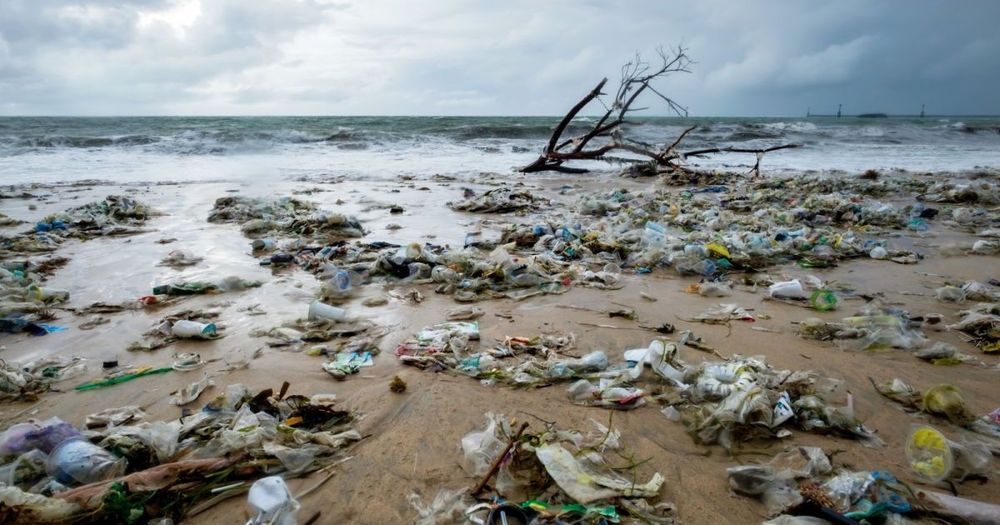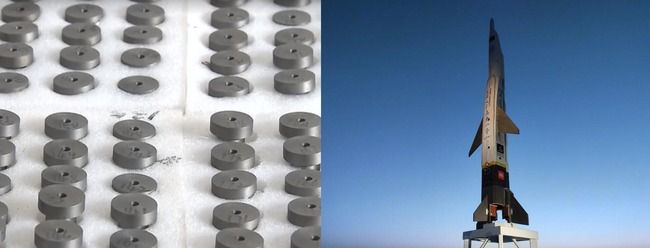A spoonful of the material can absorb the oxygen of an entire room.



Some of the most famous scientific discoveries happened by accident. From Teflon and the microwave oven to penicillin, scientists trying to solve a problem sometimes find unexpected things. This is exactly how we created phosphorene nanoribbons – a material made from one of the universe’s basic building blocks, but that has the potential to revolutionize a wide range of technologies.
We’d been trying to separate layers of phosphorus crystals into two-dimensional sheets. Instead, our technique created tiny, tagliatelle-like ribbons one single atom thick and only 100 or so atoms across, but up to 100,000 atoms long. We spent three years honing the production process, before announcing our findings.
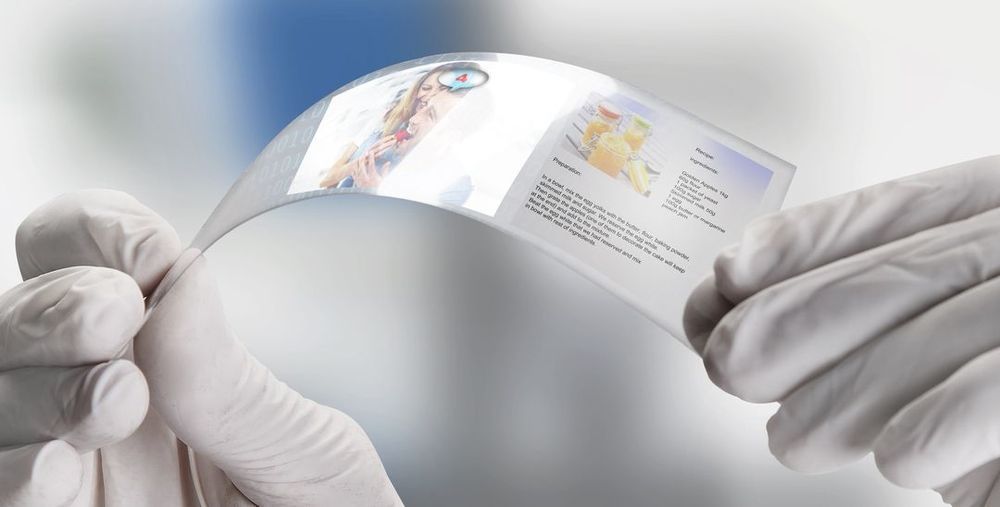

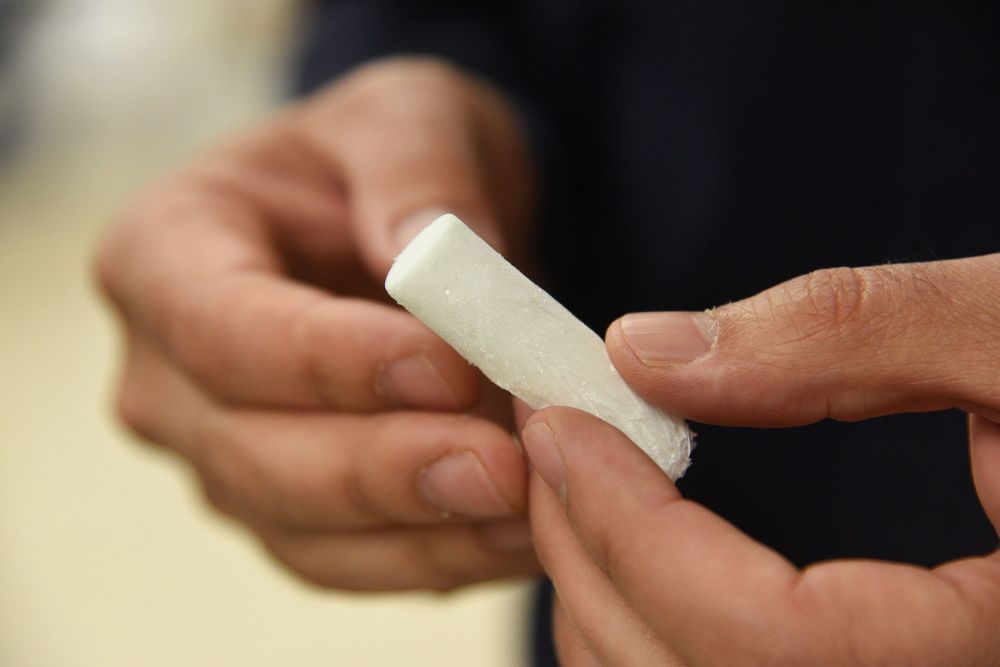
Washington State University researchers have developed an environmentally-friendly, plant-based material that for the first time works better than Styrofoam for insulation.
The foam is mostly made from nanocrystals of cellulose, the most abundant plant material on earth. The researchers also developed an environmentally friendly and simple manufacturing process to make the foam, using water as a solvent instead of other harmful solvents.
The work, led by Amir Ameli, assistant professor in the School of Mechanical and Materials Engineering, and Xiao Zhang, associate professor in the Gene and Linda School of Chemical Engineering and Bioengineering, is published in the journal Carbohydrate Polymers.
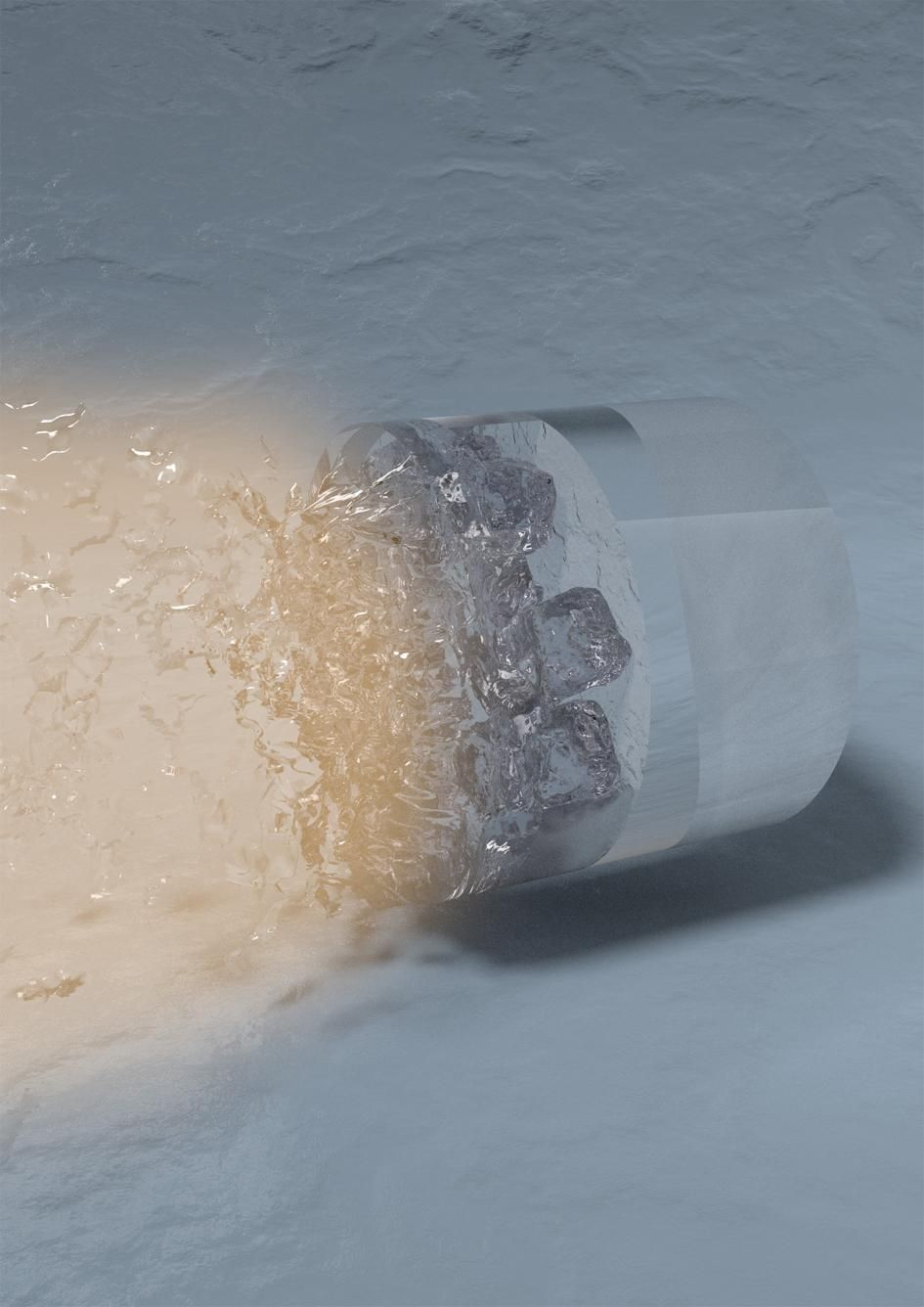
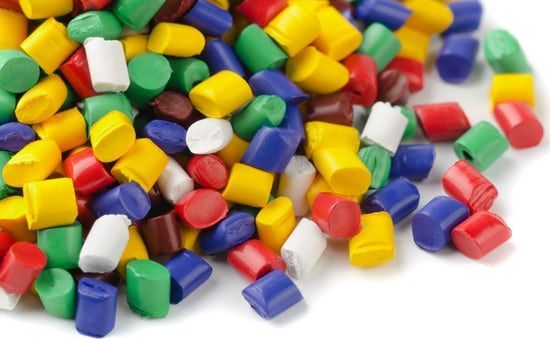
Plastics are useful and ubiquitous – but that’s not always a good combination. The vast majority of plastic waste can’t be recycled, meaning it ends up in landfills at best or the ocean at worst. To help curb the problem, researchers at Berkeley Lab have now designed a new type of plastic that can apparently be reduced right back to its molecular parts, before being remade over and over.
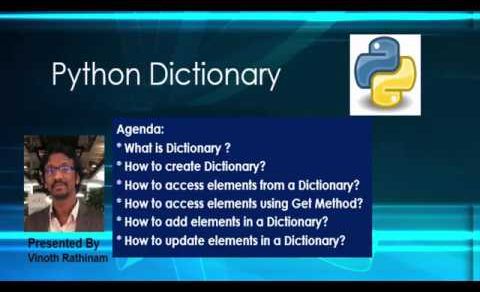
Module 3 — python data structure
Follow Me :
Materials: http://vinothrsguidance.com/python/
Udemy : https://www.udemy.com/user/vinoth-rathinam/
LinkedIn : https://www.linkedin.com/in/vinothrathinamautomation/
Facebook : https://www.facebook.com/aiforevery1
*****************************************
Python for Beginners — This video explains about the of python dictionary.
Note: Use HD view for clear text visible
*****************************************
Agenda :
* What is Dictionary?
0:40 What is Dictionary?
1:37 How to create Dictionary?
4:43 How to access elements from a Dictionary?
6:06 How to access elements using Get Method?
7:02 How to add elements in a Dictionary?
7:45 How to update elements in a Dictionary?
